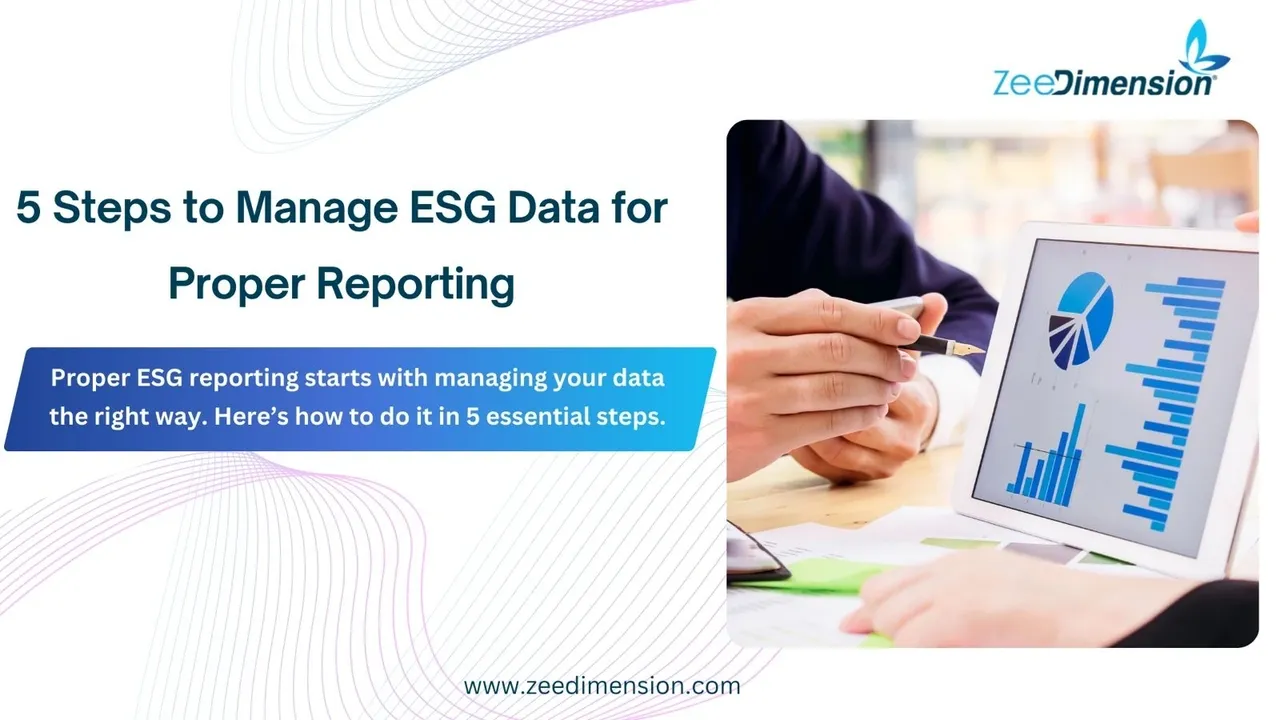
Proper ESG reporting starts with managing your data the right way. Here’s how to do it in 5 essential steps.
Step 1 – Define What Matters
Define Material ESG Metrics
-
Engage stakeholders to identify ESG priorities
-
Conduct a materiality assessment
-
Align with standards (GRI, SASB, TCFD, ISSB)
Why? Clear metrics focus your efforts on what truly matters.
Step 2 – Build Governance
Establish ESG Data Governance
-
Assign roles across departments
-
Define data policies and responsibilities
-
Set up workflows for approvals and controls
Why? Strong governance ensures data credibility and auditability.
Step 3 – Connect Your Data
-
Why? Integrated data provides a unified view for better decisions.
-
Map ESG data across your organization
-
Centralize it using tools or ESG platforms
-
Link ESG data with financial and operational systems
Why? Integrated data provides a unified view for better decisions.
Step 4 – Assure Data Quality
Monitor ESG Data Quality
-
Validate using automation and logic rules
-
Benchmark against industry norms
-
Maintain logs and audit trails
Why? Quality data builds stakeholder trust—and prevents greenwashing.
Step 5 – Automate and Evolve
Automate Reporting & Improve Continuously
-
Use ESG tools to auto-generate reports
-
Visualize data with dashboards
-
Collect feedback to refine ESG KPIs
Why? Automation saves time and helps you stay ahead of new standards.
Call to Action
Turn ESG Data into Strategic Value
Good ESG data management isn’t just compliance—it’s a competitive edge.
Start today. Build credibility. Drive impact.
Follow for more on ESG, analytics, and sustainability.







